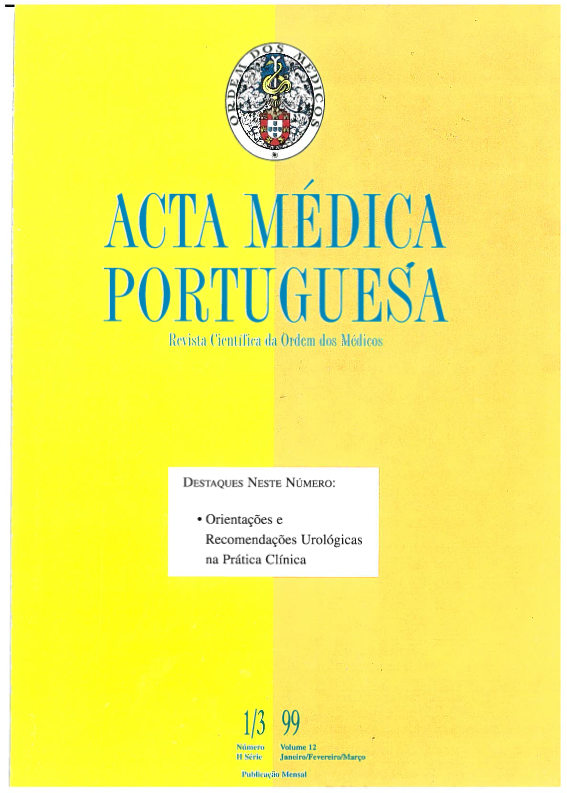A litiase urinária.
DOI:
https://doi.org/10.20344/amp.2122Resumo
The introduction of extracorporeal shock wave lithotripsy (ESWL) and the development of "minimally invasive" endourological procedures have completely changed the management of urinary calculi. Nevertheless, some aspects in this field still remain controversial. Conservative management is the first option, when the stone can pass spontaneously. The majority of the patients can be successfully treated with ESWL without anaesthesia and in an ambulatory setting or with a 24 H admission. ESWL failures (1 to 2%) and some difficult calculi (cystine calculi, staghorn calculus, stones of great volume and some ureteral stones) can benefit with endourological or percutaneous procedures alone or in association with ESWL. The classical indication for open surgery has changed significantly and surgery is now considered only in some difficult cases and with the failure of minimally invasive procedures. Uric acid calculi, that usually respond to medical treatment, must be treated with alkalinization therapy as the first option.Downloads
Downloads
Como Citar
Edição
Secção
Licença
Todos os artigos publicados na AMP são de acesso aberto e cumprem os requisitos das agências de financiamento ou instituições académicas. Relativamente à utilização por terceiros a AMP rege-se pelos termos da licença Creative Commons ‘Atribuição – Uso Não-Comercial – (CC-BY-NC)’.
É da responsabilidade do autor obter permissão para reproduzir figuras, tabelas, etc., de outras publicações. Após a aceitação de um artigo, os autores serão convidados a preencher uma “Declaração de Responsabilidade Autoral e Partilha de Direitos de Autor “(http://www.actamedicaportuguesa.com/info/AMP-NormasPublicacao.pdf) e a “Declaração de Potenciais Conflitos de Interesse” (http://www.icmje.org/conflicts-of-interest) do ICMJE. Será enviado um e-mail ao autor correspondente, confirmando a receção do manuscrito.
Após a publicação, os autores ficam autorizados a disponibilizar os seus artigos em repositórios das suas instituições de origem, desde que mencionem sempre onde foram publicados e de acordo com a licença Creative Commons









